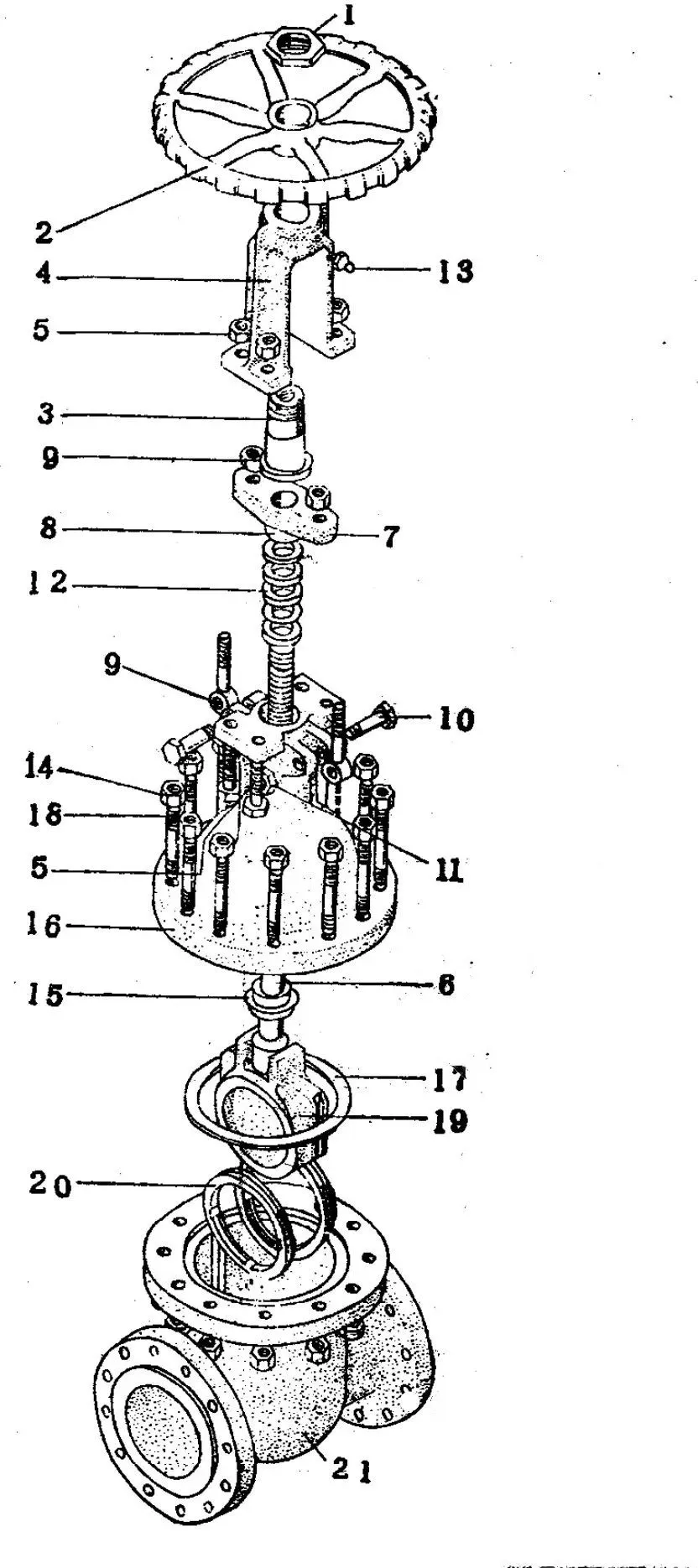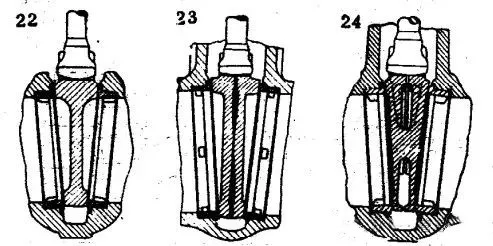Understanding valve structure (gate valve)1.0
1. Definition of gate valve
A gate valve is a valve that uses a gate or wedge-shaped disc that moves perpendicular to the fluid to open or stop the flow of fluid in a pipeline. Gate valves are the most commonly used valve type in all process equipment and are linear motion valves.
In use, they are either in the fully open position or in the fully closed position. When the gate valve is fully open, the valve disc of the gate valve is completely separated from the fluid and there is almost no flow resistance.
Therefore, when the fluid passes through the gate valve, the pressure will basically not drop. In order to achieve a proper seal, there needs to be 360° surface contact between the valve disc and the valve seat when the valve is fully closed. Gate valves are not used for regulation or throttling because precise control cannot be achieved. High-speed water flow in a half-open valve may cause erosion on the valve disc and valve seat surfaces and generate vibration and noise.
2. Gate valve structure
- Handwheel nut
- 2. Handwheel
- 3. Stem nut
- 4. Yoke
- 5. Yoke bolt
- 6. Stem
- 7. Gland flange
- 8. Gland
- 9. Gland bolts and nuts Picture
- 10. Gland lug bolts (eyebolt pin)
- 11,14. Nut
- 12. Stem packing
- 13. Drain plug
- 15. Back seat sleeve (bonnet stem sleeve) Upper sealing seat sleeve (stem sleeve)
- 16. Bonnet
- 17. Bonnet gasket
- 18. Bonnet bolts, nuts
- 19. Gate (disc, wedge)
- 20. Renewable seat ring
- 21. Body ਵਾਲਵ ਸਰੀਰ

- 22. solid wedge
- 23. split wedge
- 24. flexible wedge

25. teflon seat ring
26. double disc parallel seat parallel double disc
27. teflon insert in seat ring
-
The Key to Fluid Control: Exploring the Advantages of Ball Valves in Industrial Systemsਖ਼ਬਰਾਂJul.09,2025
-
The Versatile World of 1, 2, and 3 Piece Ball Valvesਖ਼ਬਰਾਂJul.09,2025
-
Stainless Steel Ball Valves: The Ideal Choice for Efficient Flow Controlਖ਼ਬਰਾਂJul.09,2025
-
Optimizing Fluid Control with Ball Float Valvesਖ਼ਬਰਾਂJul.09,2025
-
Manual Gate Valves: Essential for Control and Efficiencyਖ਼ਬਰਾਂJul.09,2025
-
Everything You Need to Know About Butterfly Valvesਖ਼ਬਰਾਂJul.09,2025
-
The Versatility of Wafer Type Butterfly Valvesਖ਼ਬਰਾਂJul.08,2025




